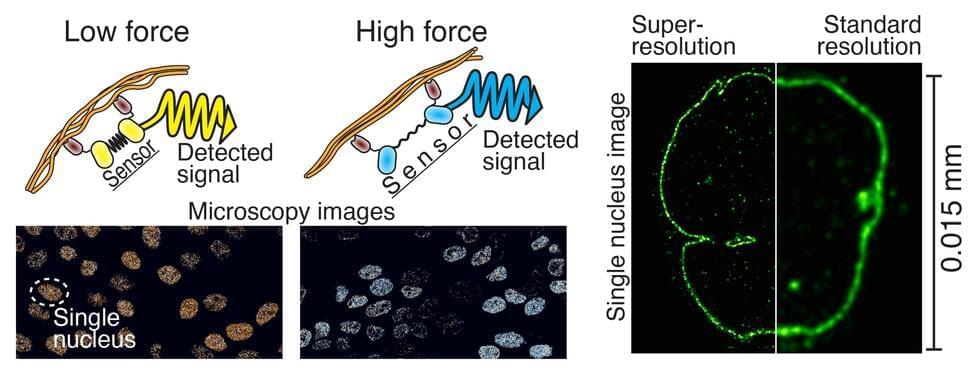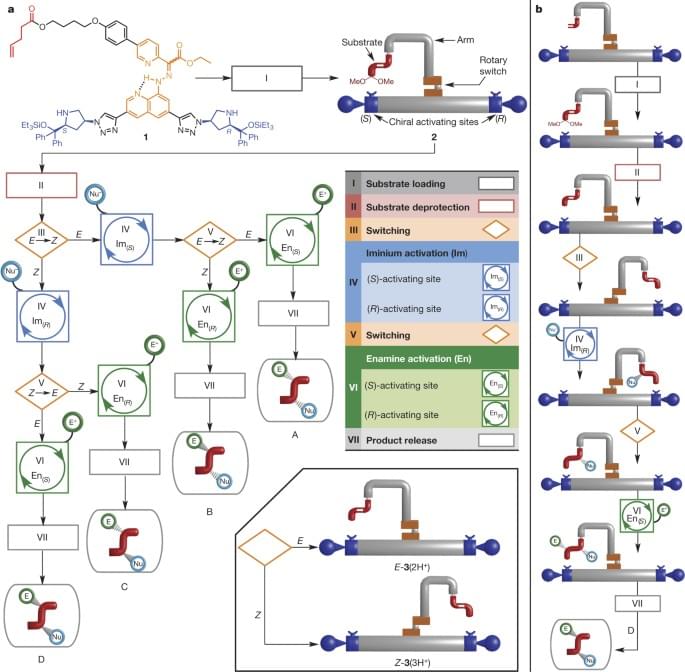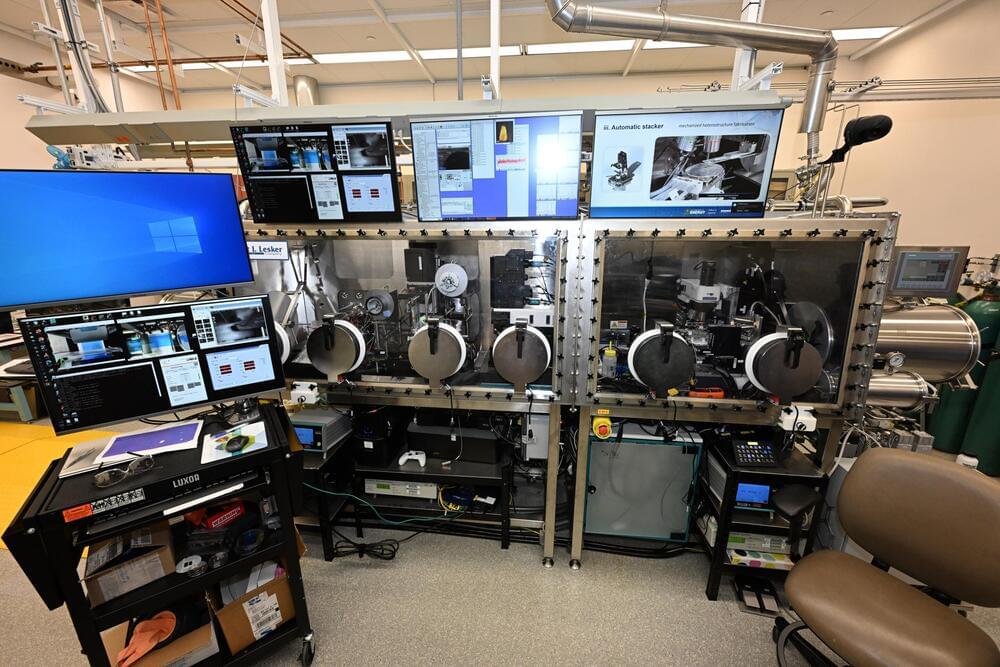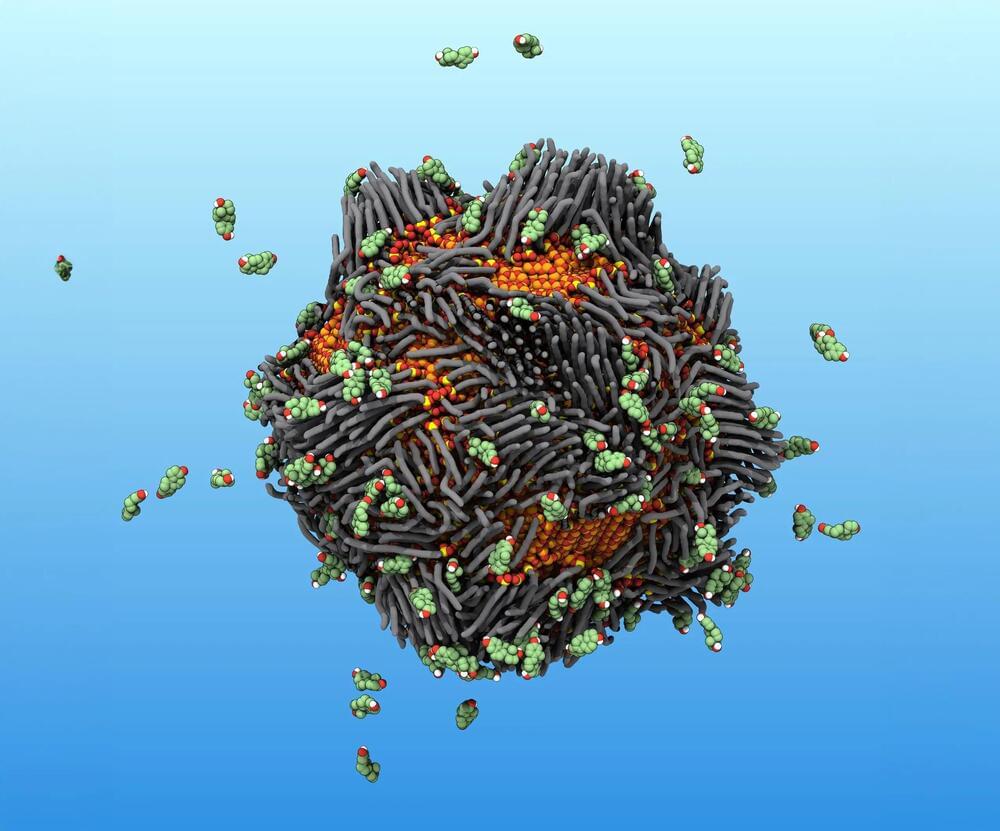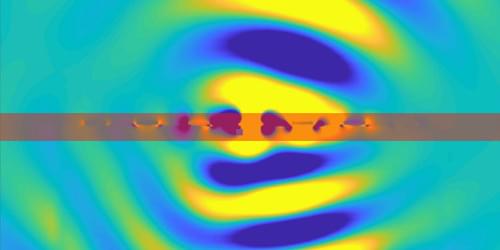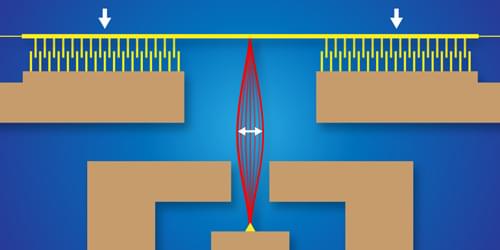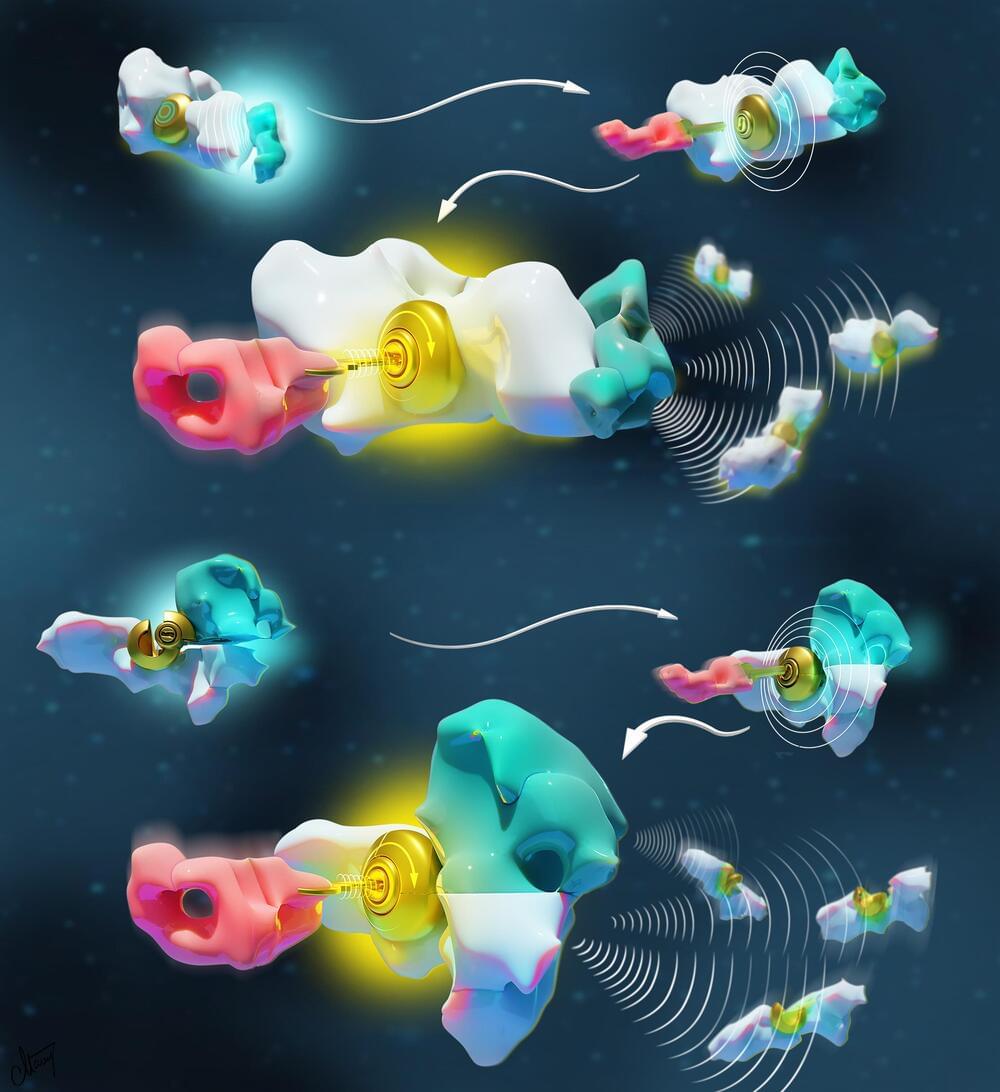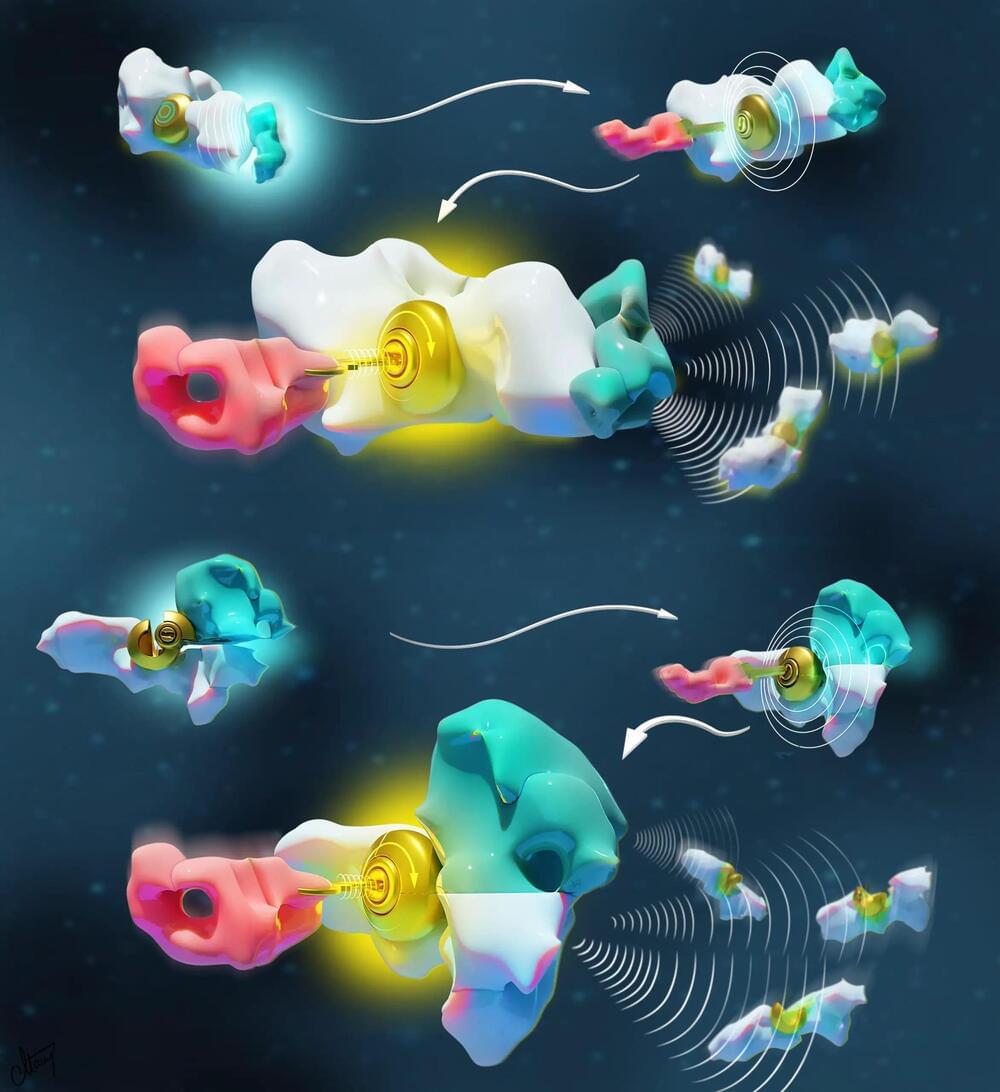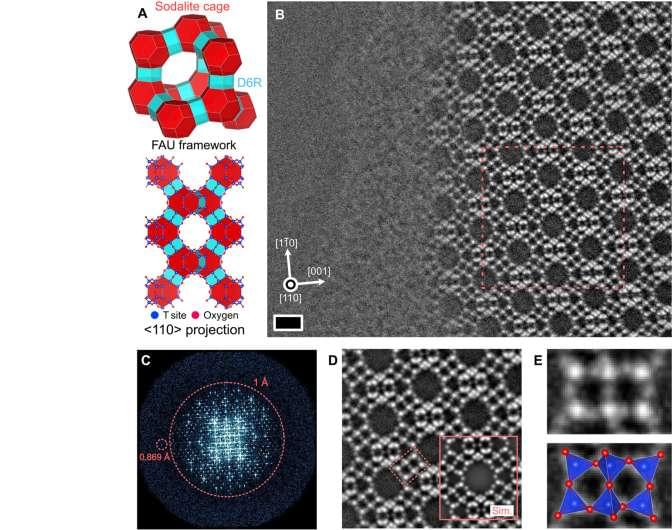In many cases, cells are very active in their movement and serve as power generators. The ability of cells to produce physical forces is one of the basic functions of the body. When running, for example, the forces generated in the cells cause the muscles to contract and the breath to work. It has been possible to measure even the forces experienced by individual proteins by force sensors developed in the past, but previously intracellular forces and mechanical strains could not have been measured.
Together with the scientists from The Ohio State University OSU, cell biology researchers at Tampere University have developed a force sensor that can be attached to the side of a mechanically responding protein, allowing it to sense forces and strain on the protein within the cell.
The development of the micro-sized sensor began on a conference travel in December 2019.
